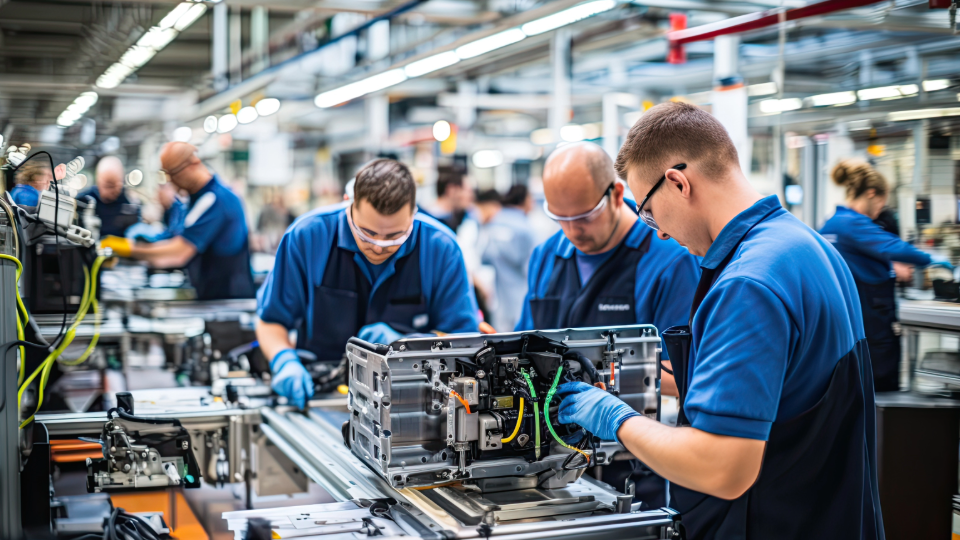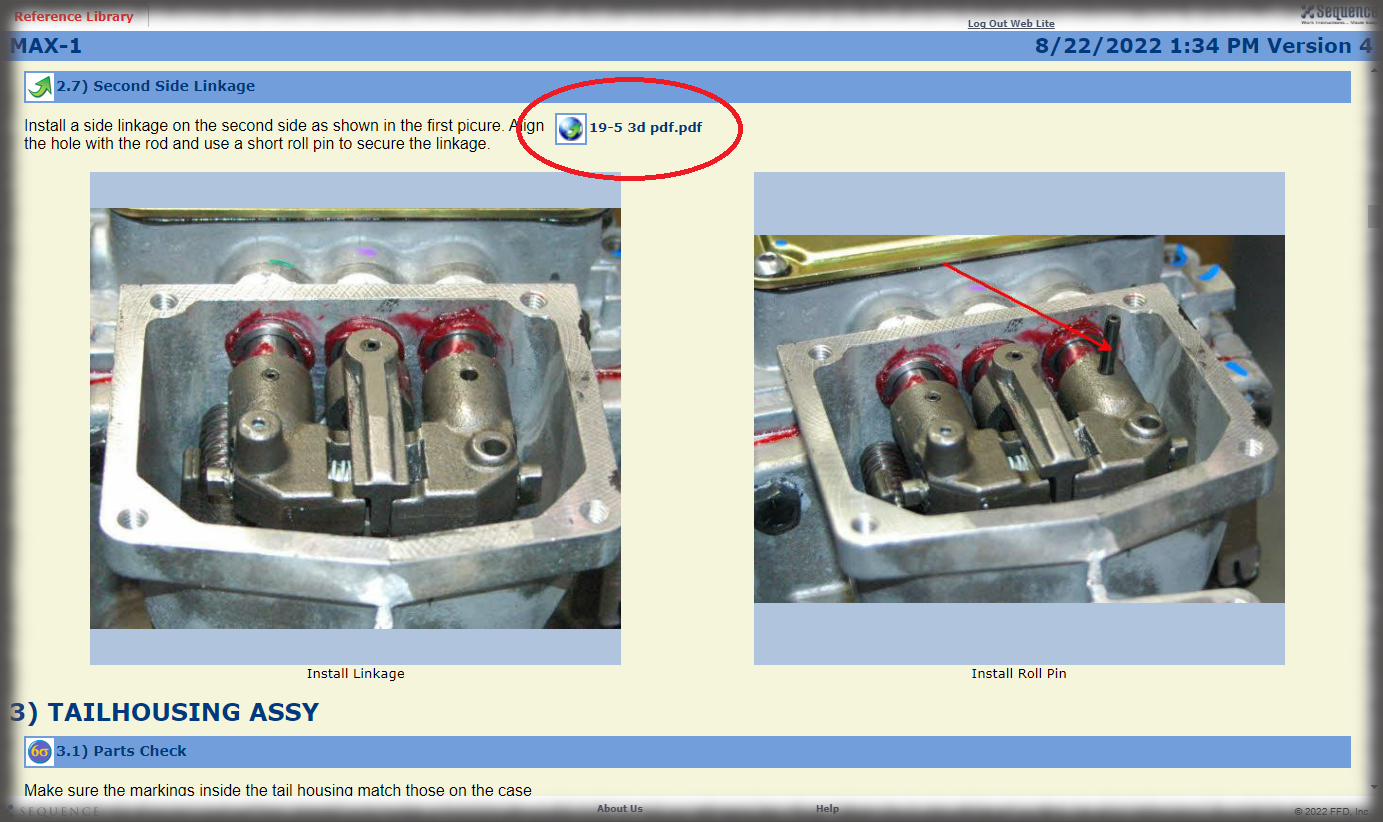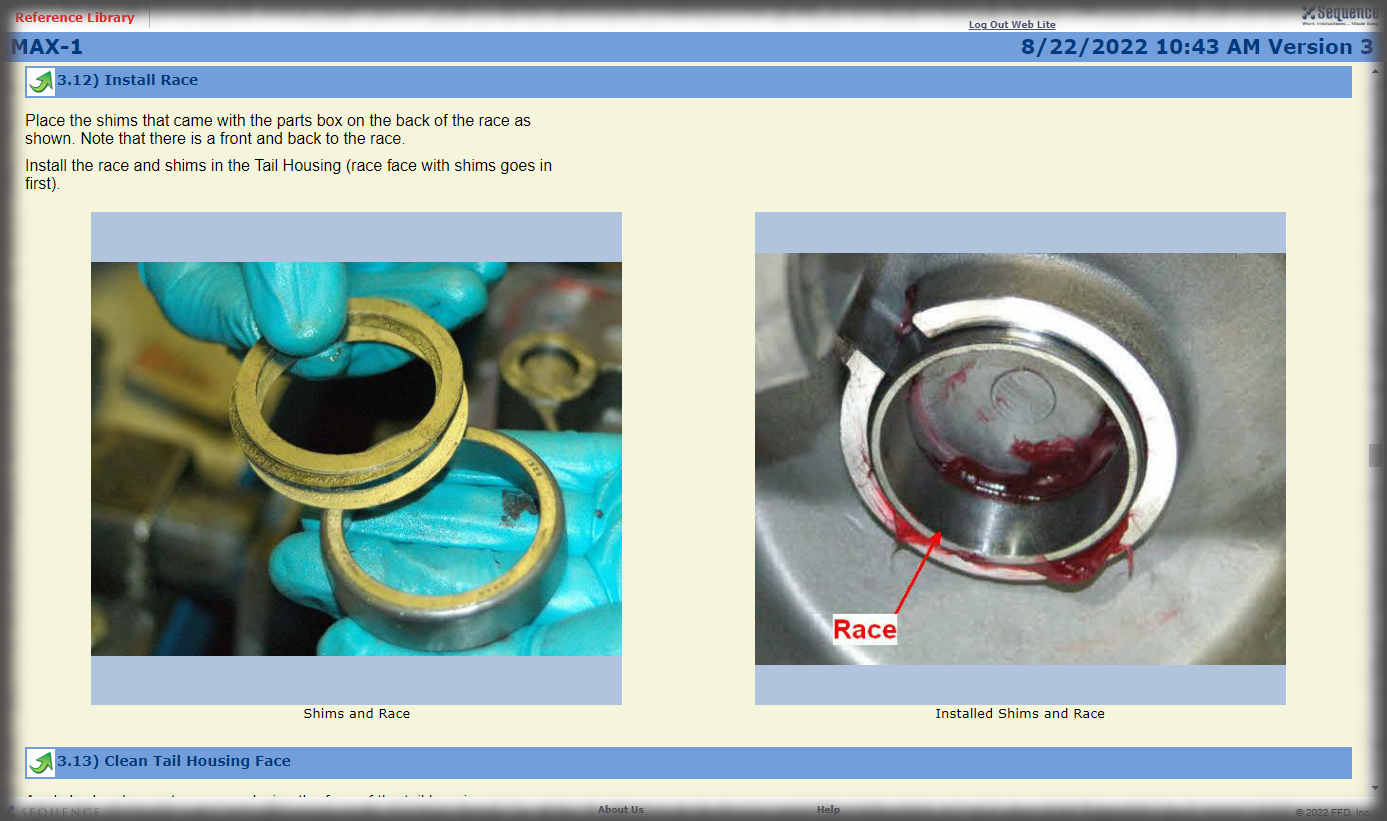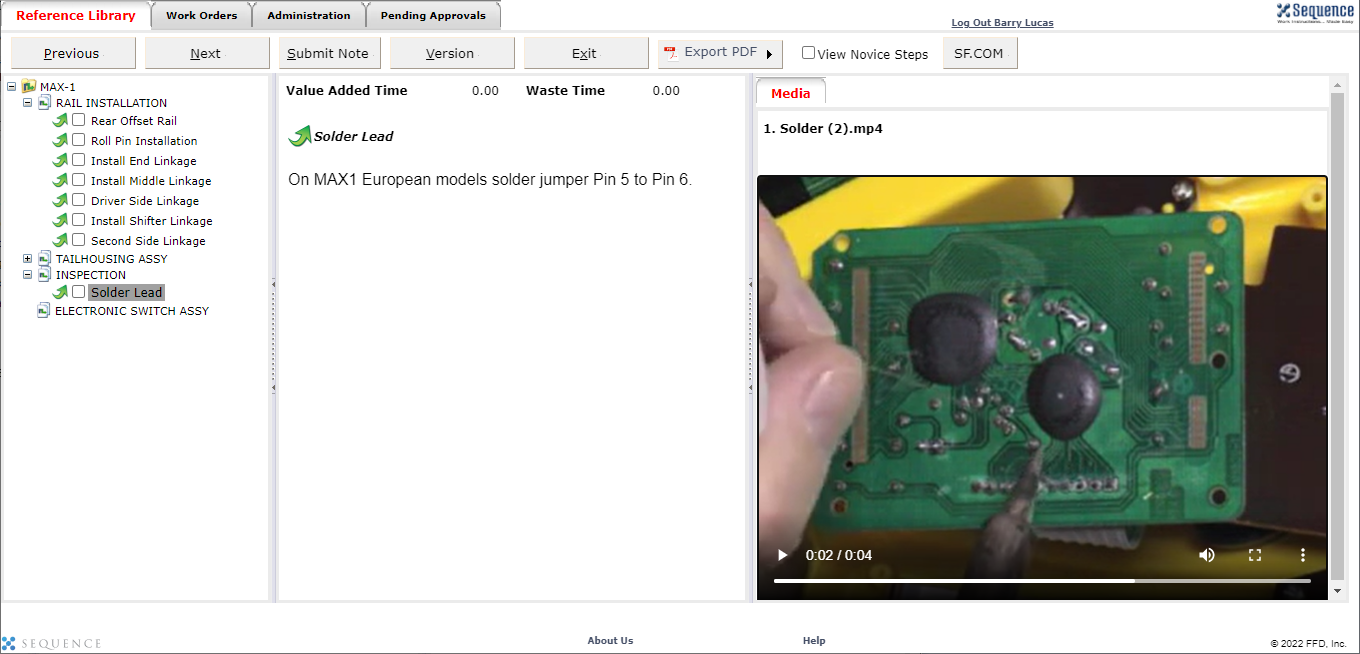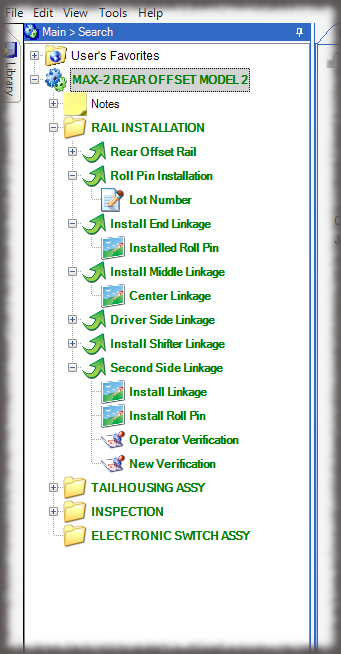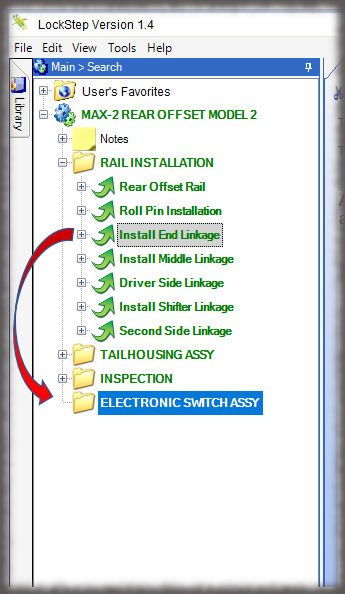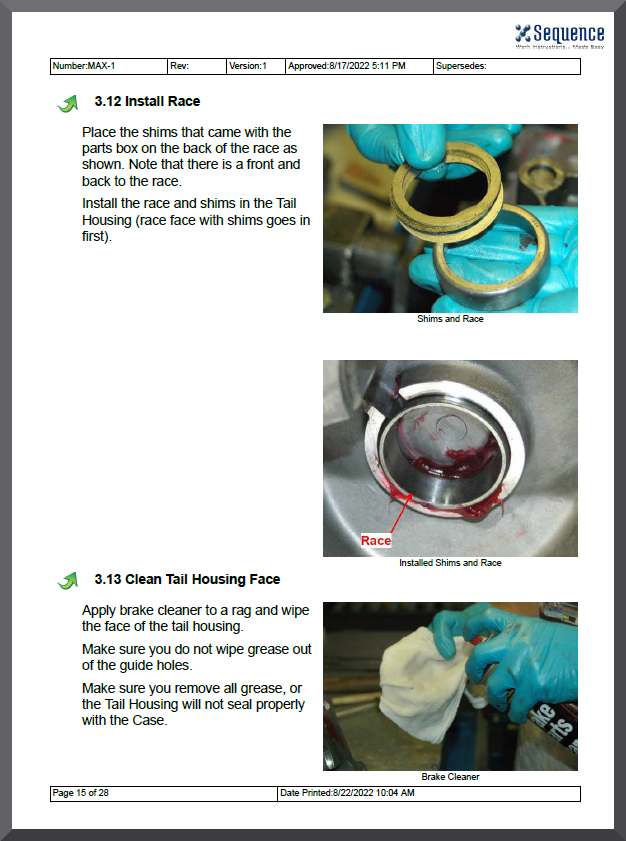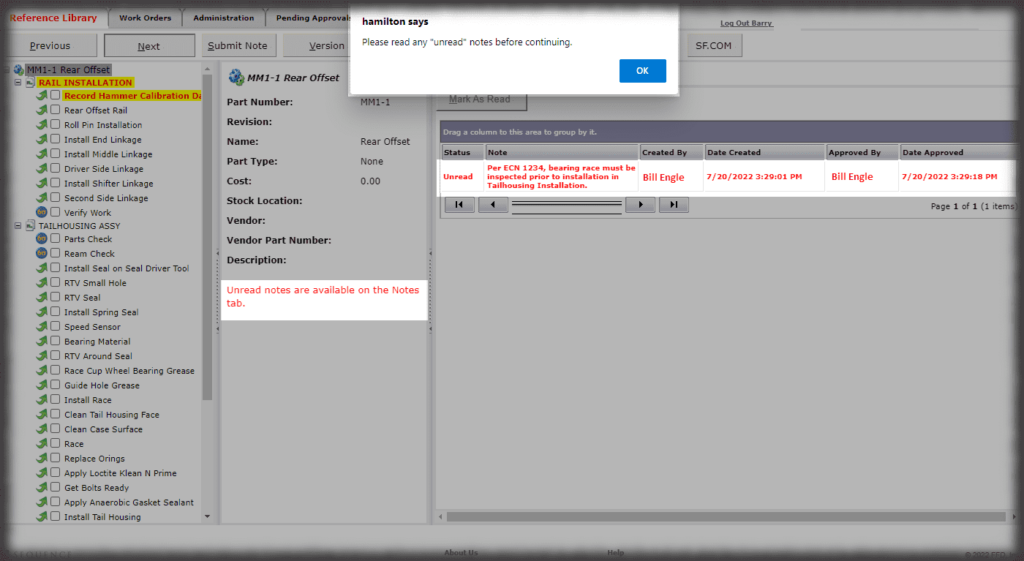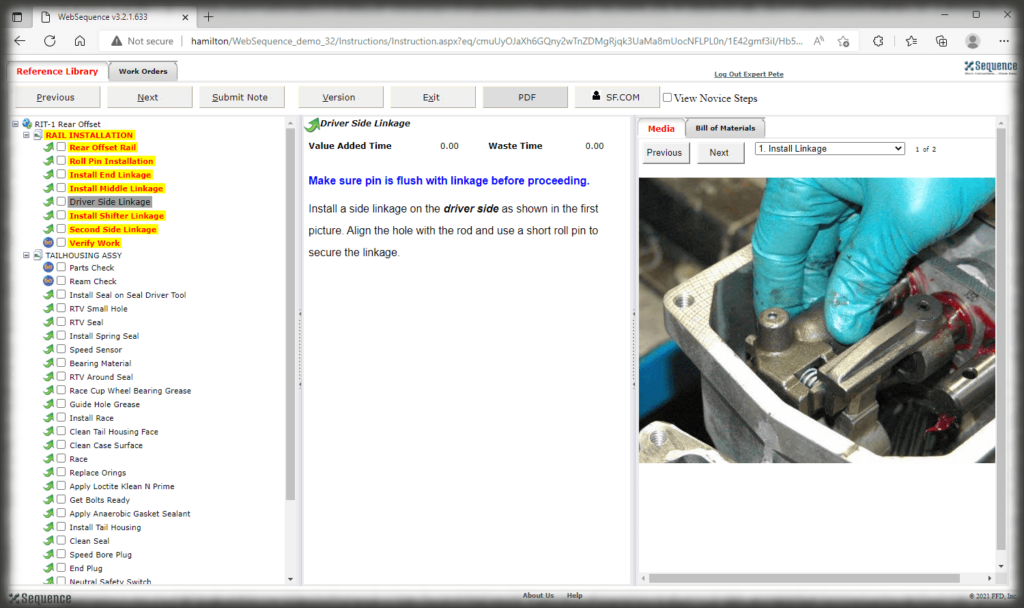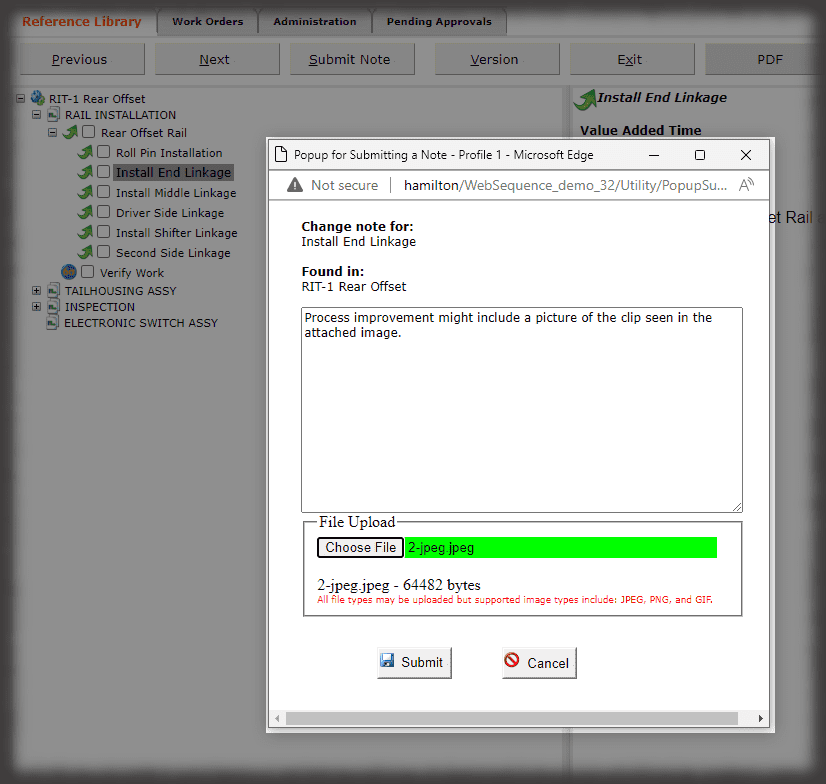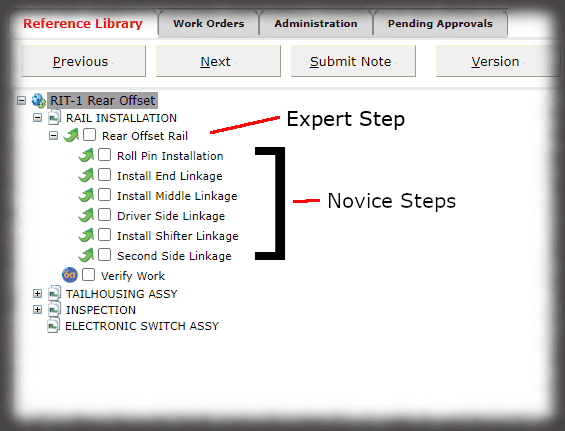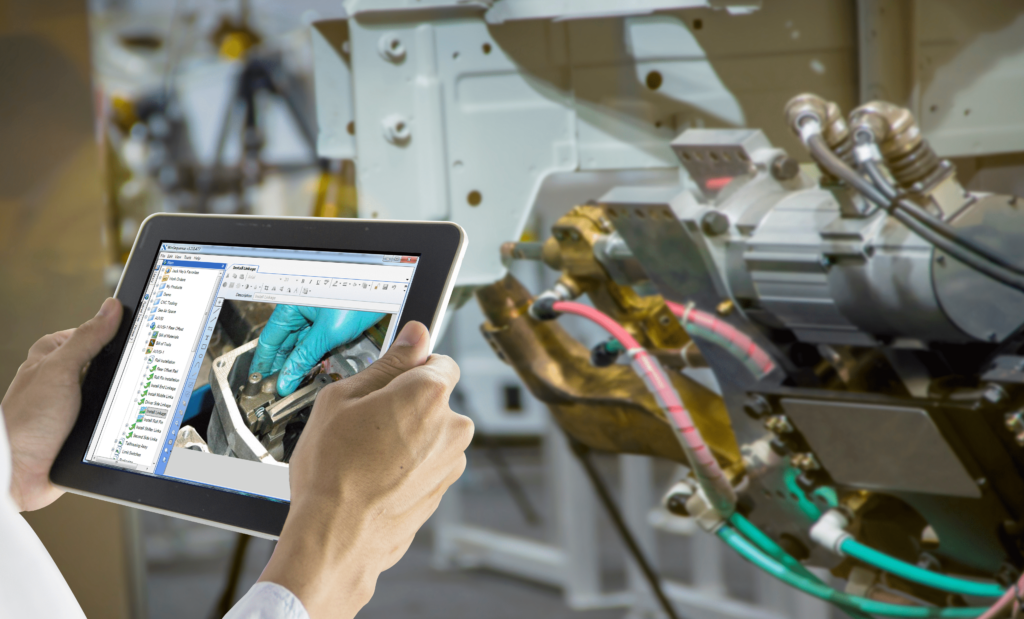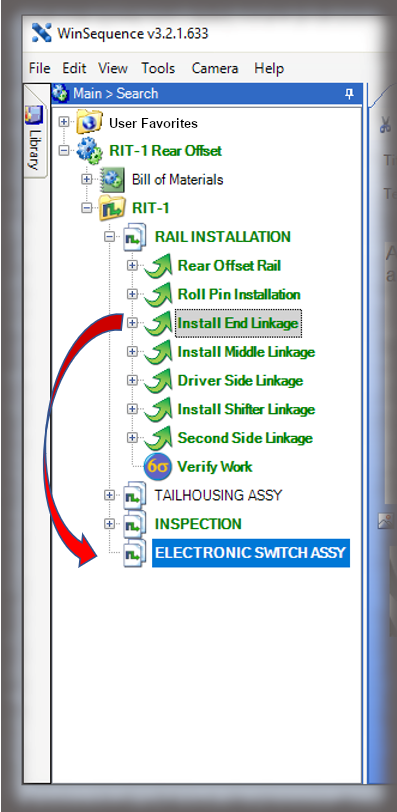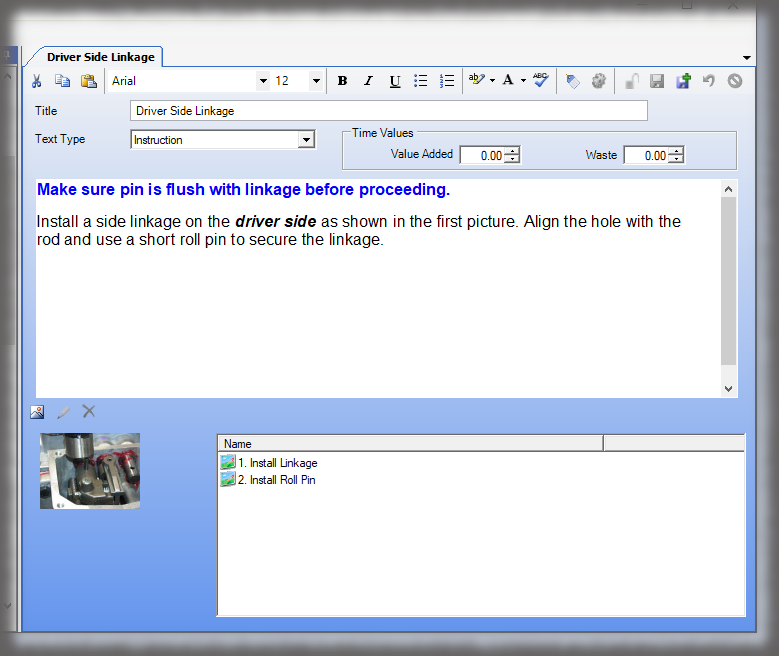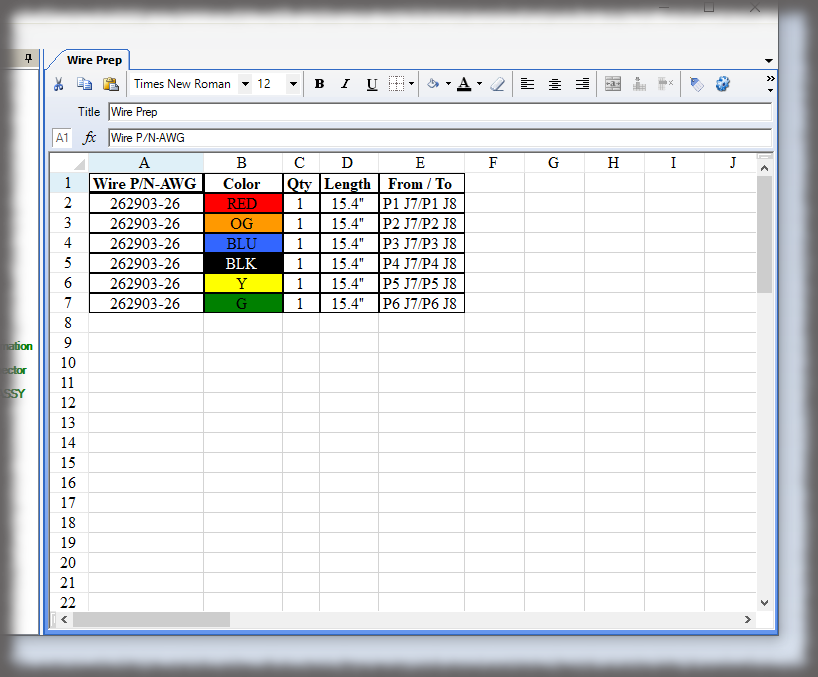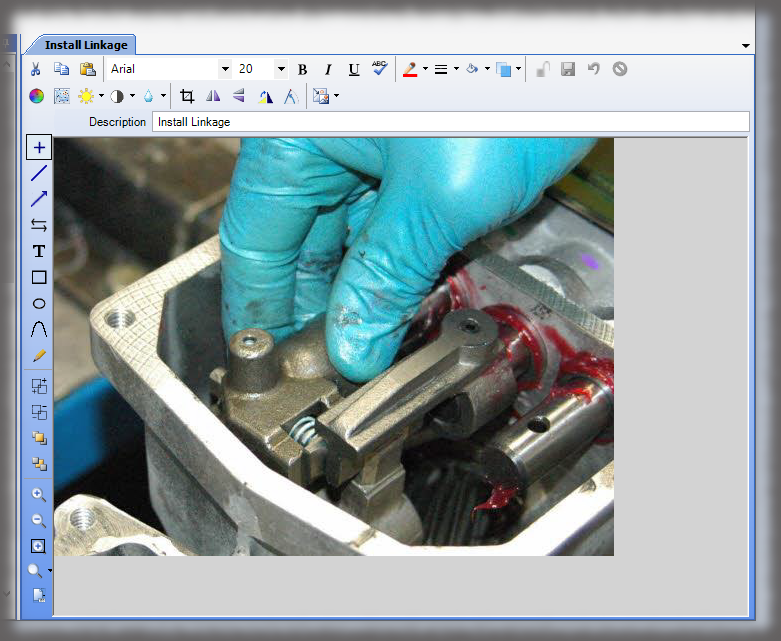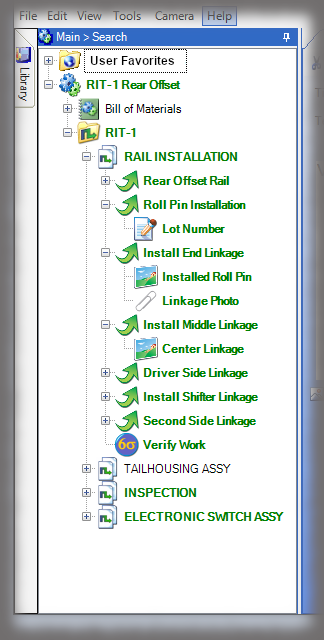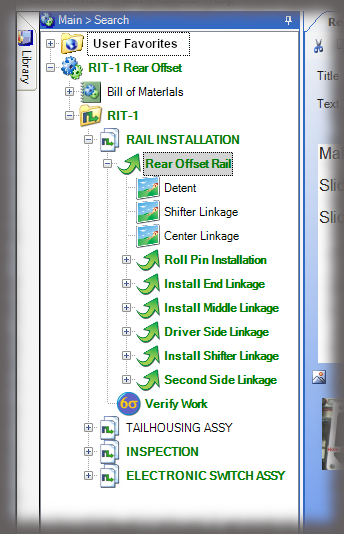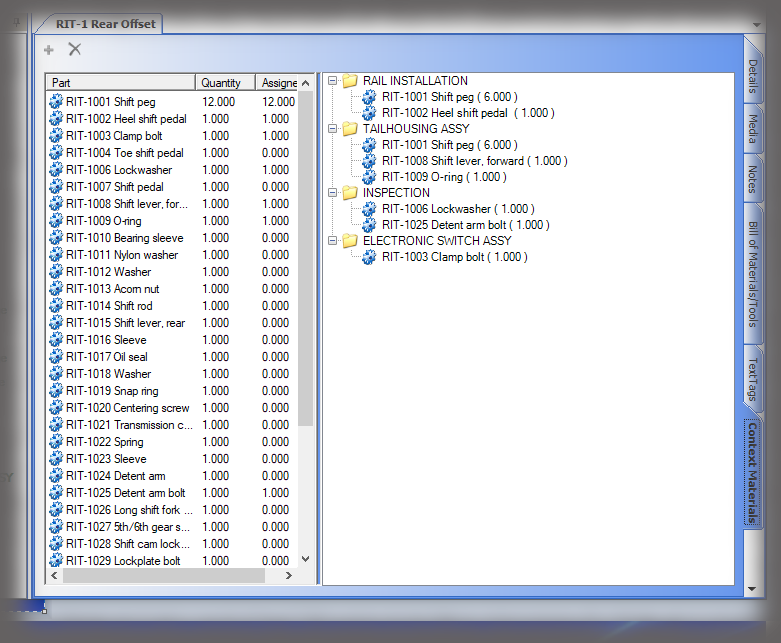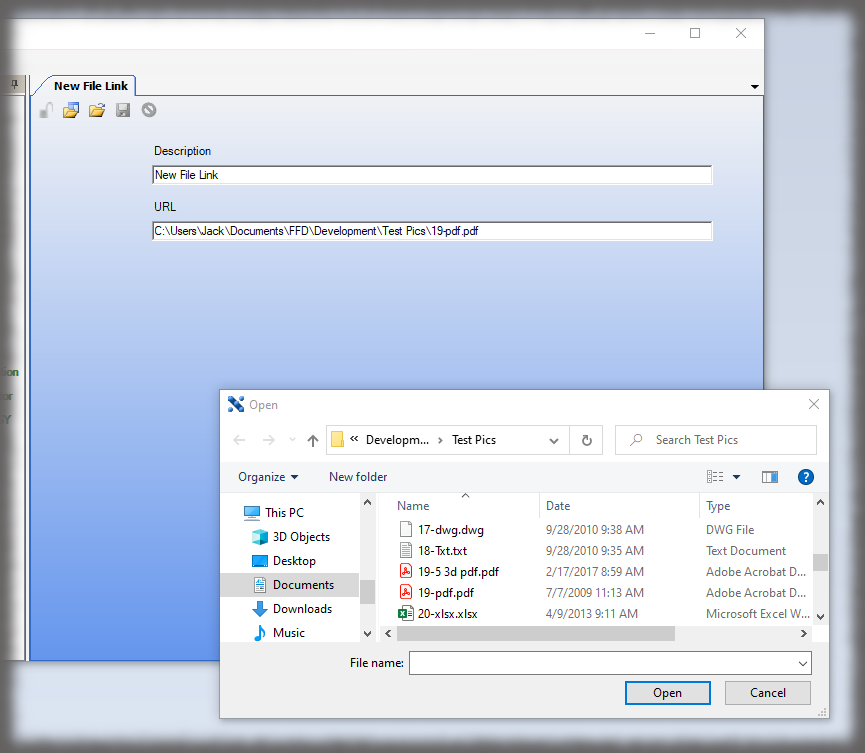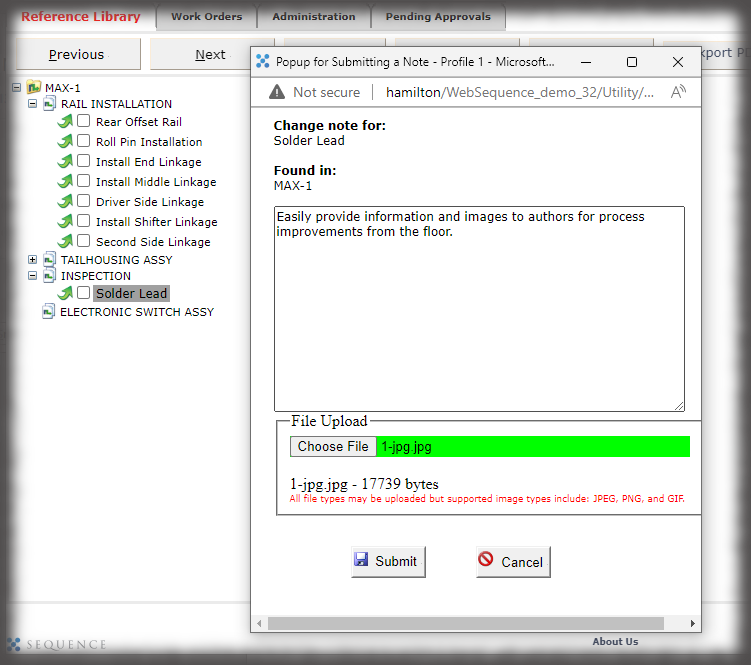Manufacturing is all about efficiency, so what happens when a production line starts to underperform, or production isn’t lining up with demand? That’s when rewrites and rebalancing come into play. To maximize efficiency, companies must analyze their processes and production on an ongoing basis to identify when these manufacturing adjustments need to be made. Before we go any further, let’s define these two terms.
Rewriting: Re-engineering a core aspect of manufacturing operations. Essentially, rewrites change the script a manufacturer follows, whether that’s a simple revision to a step or a complete production line overhaul.
Rebalancing: Adjusting and reallocating resources, personnel, workflows, and/or production schedules to optimize output and accommodate fluctuating demand.
The goal of both these manufacturing adjustments is to keep your business operating at its peak level. In this article we will explain the ins and outs of rewrites and rebalancing. To provide context, we will also provide a few examples and discuss what triggers these manufacturing adjustments. Then, we will discuss rebalancing and rewriting challenges and tools that can help.
Rebalancing the Manufacturing Floor
Efficient manufacturing is a balancing act impacted by external and internal factors. Rebalancing can help manufacturers keep their footing, stay on track, and even get a few steps ahead. In this section we will tackle the reasons, triggers, and aspects of rebalancing.
Rebalancing Practices
These rebalancing practices are used to maximize efficiency and align production with demand.
Workforce Allocation
Workforce allocation is a rebalancing process that involves adjusting staffing levels to meet fluctuating customer demand for various products. This could mean reassigning current workers to different production lines or hiring/laying off workers.
Production Line Balancing
Line balancing is the process of distributing work among workstations in a production line to eliminate bottle necks (at workstations that are too slow) and idle time (at workstations that are too fast).
Example:
- Worker A takes 1 minute to complete their task
- Worker B takes 2 minutes to complete their task
- Worker C takes 1 minute to complete their task
This would cause a bottleneck at workstation B and idle time at workstations A and C. How can this line be balanced?
- Split the station B task into two parts and reallocate workers accordingly
- Redistribute some of worker B’s tasks to workers A and C
The goal of production line balancing is to get all workers as close to the same cycle time as possible, so work flows seamlessly and efficiently.
Reasons to Rebalance
We have already discussed that the overarching purposes for rebalancing are to maximize efficiency and meet fluctuating demand, but let’s go a little deeper and discuss the factors that cause demand to fluctuate, proactive rebalancing, and efficiency goals.
Seasonal Products
Demand for certain products fluctuates throughout the calendar year. For example, pool floats are in high demand during late Spring and Summer. A manufacturer that exclusively makes pool floats might need to hire additional workers to prepare stock for peak season. A manufacturer that makes pool floats and other goods, can reassign workers to pool floats on a seasonal basis.
Safety Stock Management
Safety stock refers to extra inventory that a company produces and keeps on hand as a buffer to mitigate the risk of a stockout in case there’s an unexpected fluctuation in supply or demand. Rebalancing may be required to maintain appropriate amounts of safety stock for each product.
Predicted Rise in Demand
If demand for a particular product is increasing, or expected to increase soon, manufacturing operations may be rebalanced to produce more of that product. Bouncing off the term above, rebalancing is a proactive way to avoid a stockout.
For example, if market analysts at a sneaker company notice that a certain style is trending and predict that it will explode in popularity, production will be rebalanced to produce more of that shoe.
The Pursuit of Takt Time
Takt time is a fundamental concept in manufacturing. Takt is a German word that means beat or rhythm. Takt time is the heartbeat of the production line, the rate at which you need to produce a product to meet customer demand. It’s a target pace that manufacturers attempt to maintain in order to avoid overproducing or underproducing.
The formula for takt time is: Takt Time = Available Production Time / Customer Demand
For example, if a production line is active for 480 minutes per day and customer demand is 100 units per day, a product needs to be completed every 4.8 minutes. This is where rebalancing comes into play. If a manufacturer is not meeting that 4.8 minute mark, rebalancing workers or the production line can help them reach takt time.
Manufacturing Rewrites
Rewrites are fundamental changes to a manufacturing process or system. Changes to work instructions or SOPs can be a reactive measure when a quality control check reveals a problem, numbers are falling short, or workers complain. Rewriting instructions can also be a proactive measure, an opportunity to improve a system that is working fine but could work better.
Reasons for Rewrites in Manufacturing
When and why are rewrites necessary in the manufacturing industry? Let’s look at some of the common triggers for rewrites.
- Inefficient Processes: The current workflow is slow, unbalanced, and inefficient. Rewrites can improve efficiency in various ways–reworking slow or error-prone steps, implementing new technologies to make things run faster, rearranging processes for better workflow.
- Outdated Processes: The old way of doing things is still working, but modernizing could improve productivity and efficiency. Rewrites that involve new technologies, modern strategies, and cutting-edge manufacturing software can take a company to the next level.
- Quality Control Issues: A product regularly fails to meet quality control requirements. Production process should be examined to identify the pain point(s) and rewritten to improve quality control. Check out this article to learn more about the importance of quality control: “10 Ways Defective Products can Damage a Brand”.
The Purpose of Rewrites
The goal of rewrites is to improve the long-term productivity, efficiency, and overall quality of a manufacturing operation. Seemingly small manufacturing adjustments can have a major impact on a company’s bottom line.
Obstacles to Rewrites and Rebalancing
Without proper protocols and systems in place, manufacturers may be dissuaded from rewriting or rebalancing for fear of causing confusion and potentially making things worse. Technical challenges, reduced productivity during transition periods, breaking old habits, and the financial burden of new technology, moving equipment, and potentially hiring new workers are common concerns that can make manufacturing adjustments intimidating. However, if a business conducts thorough research to make sure it’s a worthwhile change, plans, and rolls out these changes strategically, the long-term benefits outweigh any short-term struggles, financial investment, or discomfort.
Digital Work Instructions: The Ultimate Asset for Rewrites & Rebalancing
In a manufacturing world where continuous improvement is crucial for success, digital work instructions are your best friend. Let’s look at the benefits of digital work instructions–how they can streamline transitions, provide clarity, and offer flexibility for continuous improvement.
Standard Time Adjustments: Standard time is the amount of time a company thinks a step should take. With digital work instructions, standard time can be recorded to keep the production line running smoothly and production on track.
Ease of Editing: Outdated software, software not designed for manufacturing (such as Excel), or paper instructions can make editing a pain. With digital work instructions you can easily author, alter, drag and drop photos, adjust steps, and make time adjustments.
Learning New Tasks: Rebalancing can reassign workers to a new production line and rewrites require workers to learn a new procedure. Digital work instructions provide detailed information, videos, and imagery to help workers learn faster and handle these shifts with confidence.
Version Control: With DWIs a company can have multiple versions of work instructions and easily shift from one to another without confusion. Instant, simple version control can come in handy in a variety of scenarios.
- Seasonality: Instructions A are for high-demand takt time, Instructions B are for low-demand season.
- Testing Purposes: DWI version control gives manufacturers the freedom to test new processes on the manufacturing floor because it’s quick and easy to disperse new versions or revert to an old version if necessary.
Pursue Positive Change with Sequence Solutions
Sequence Software offers digital work instructions, authoring, and interactive deployment software that helps manufacturers meet the operational challenges presented by changes in production demand! Capabilities include data tracking, rich visuals, real-time editing, real-time deployment, advanced yet user friendly authoring, and so much more.
Sequence Software can help identify opportunities for improvement and implement rapid changes seamlessly. Our digital work instructions are trusted and utilized by a wide range of industries from aerospace and defense to kitchen equipment manufacturing.
Line balancing can be extremely challenging, with our WinSequence work instruction authoring tool, you can reduce that burden with efficient updates and complete version control.
Discover the power of WINSEQUENCE—contact us to learn more or request a demo today!

